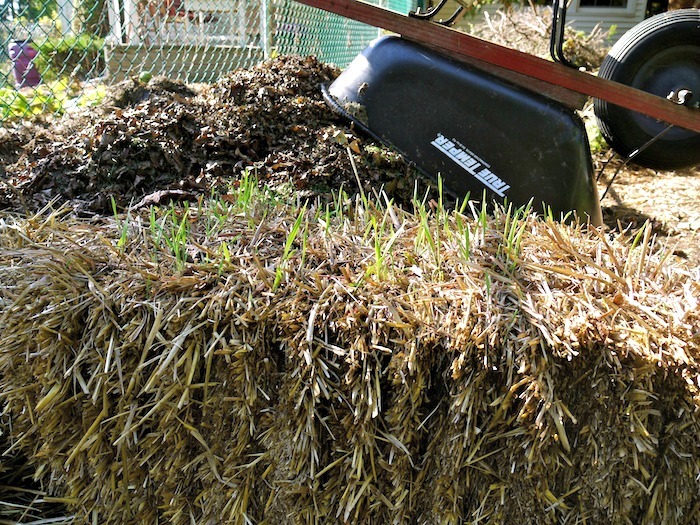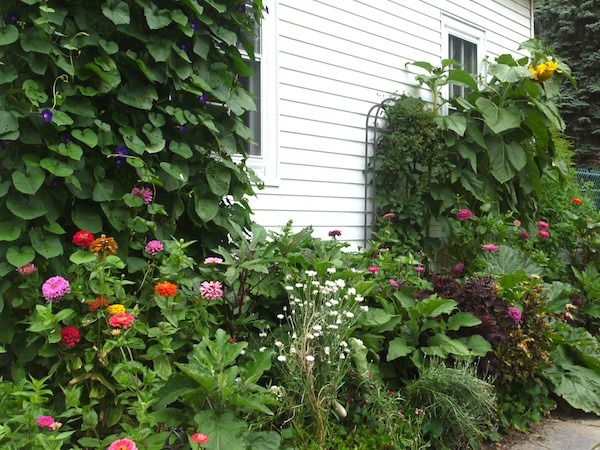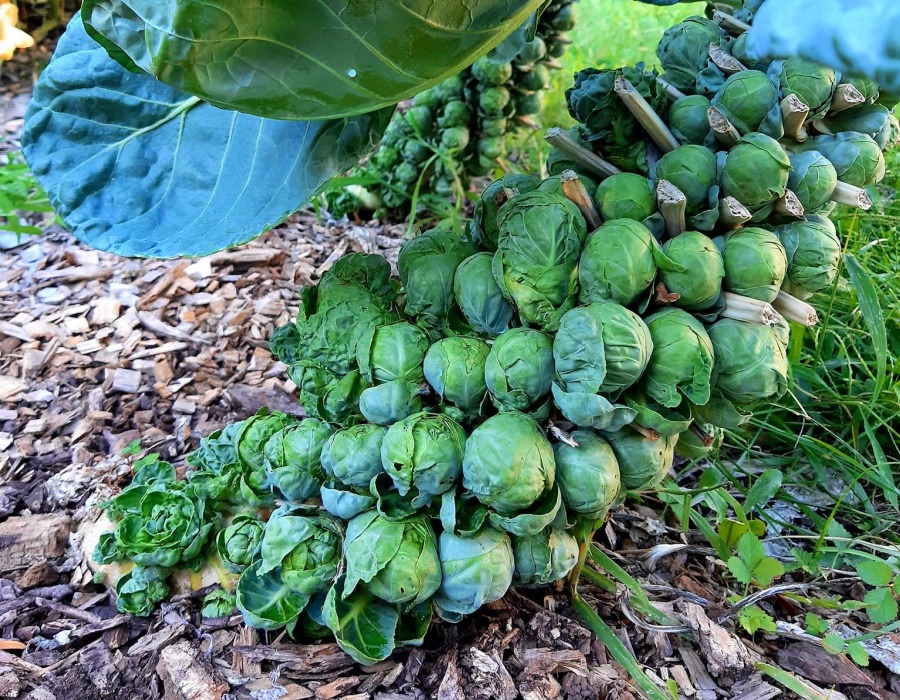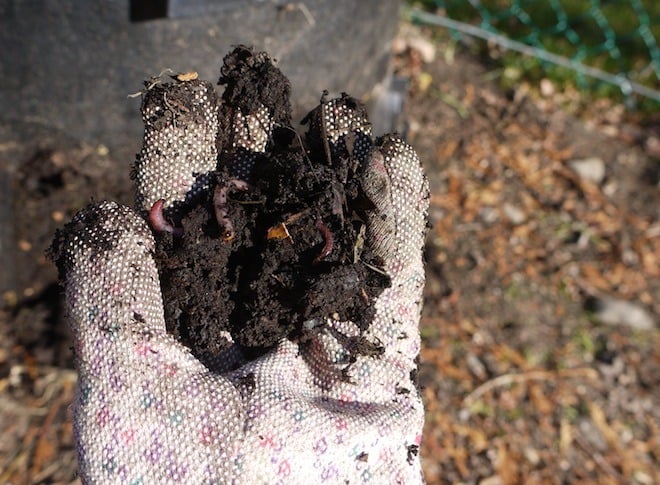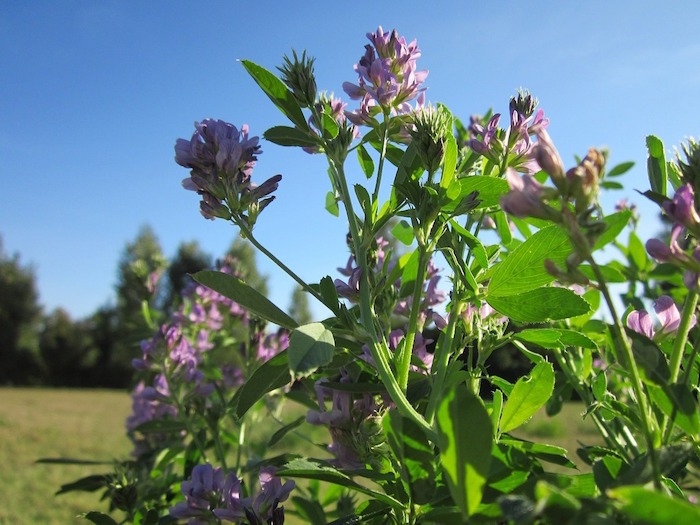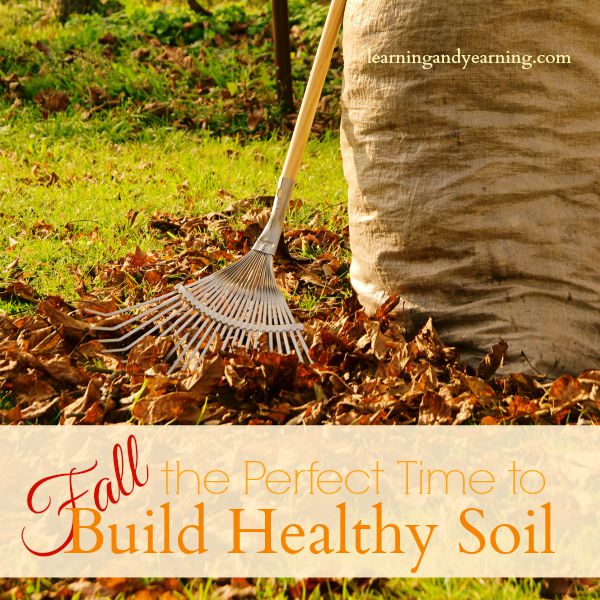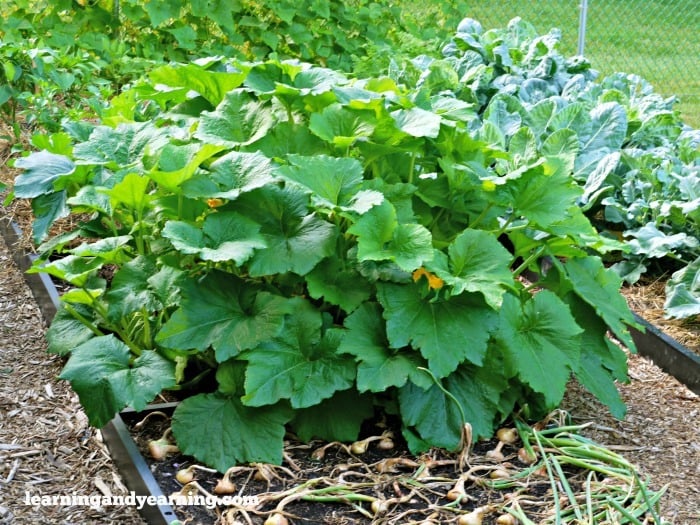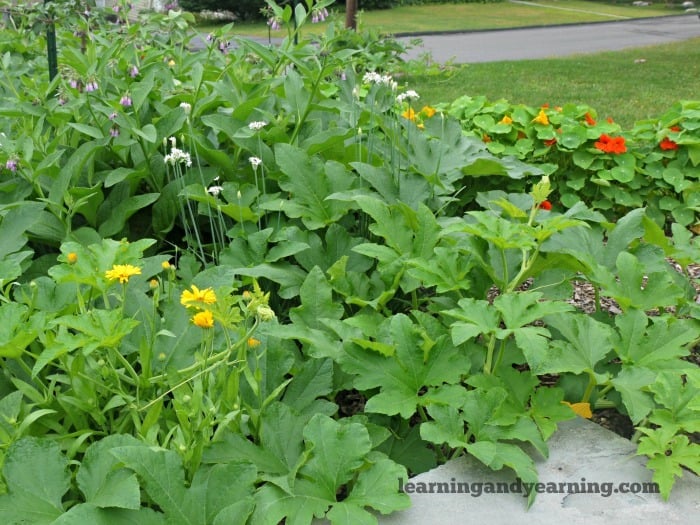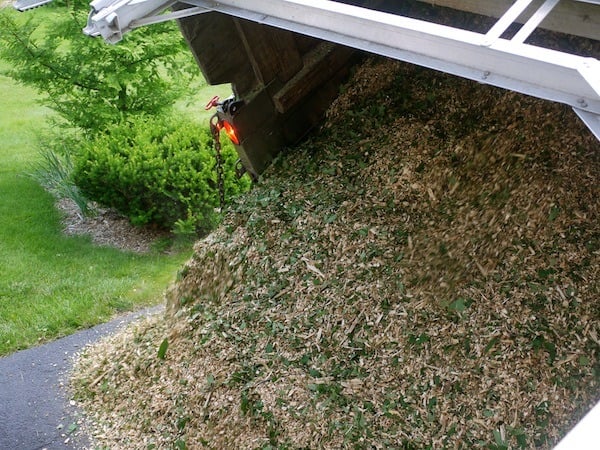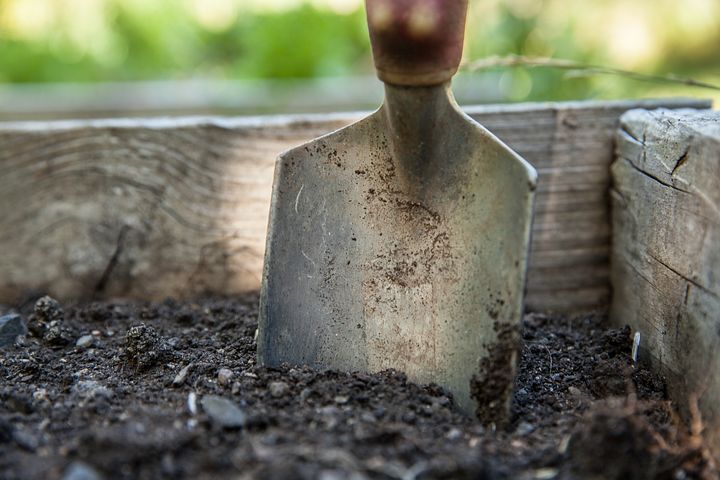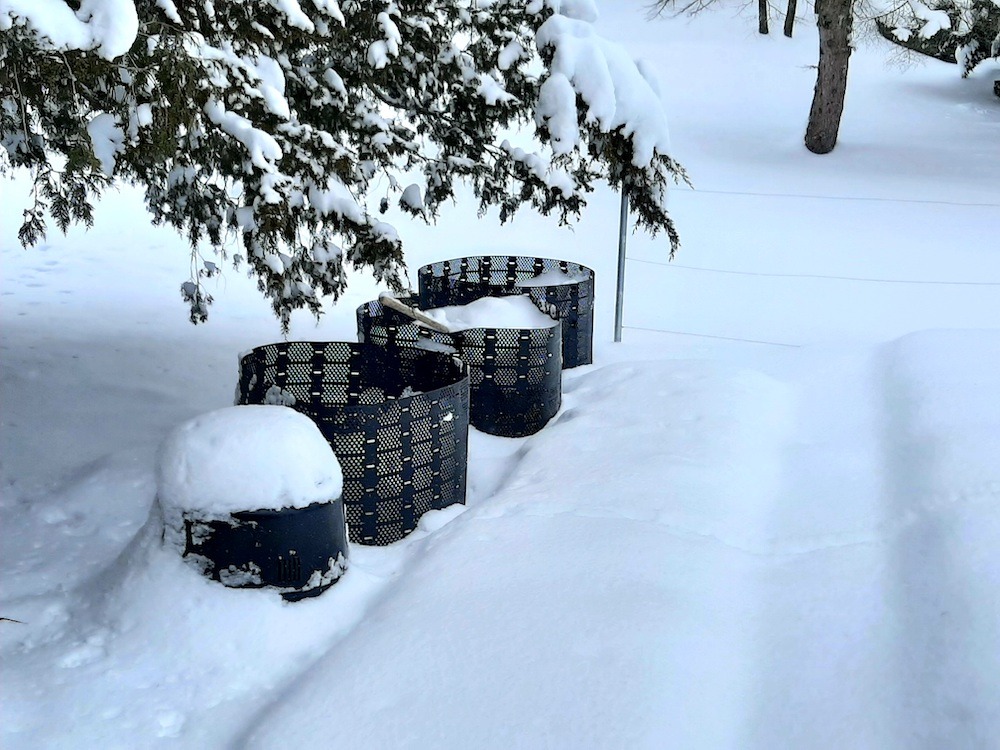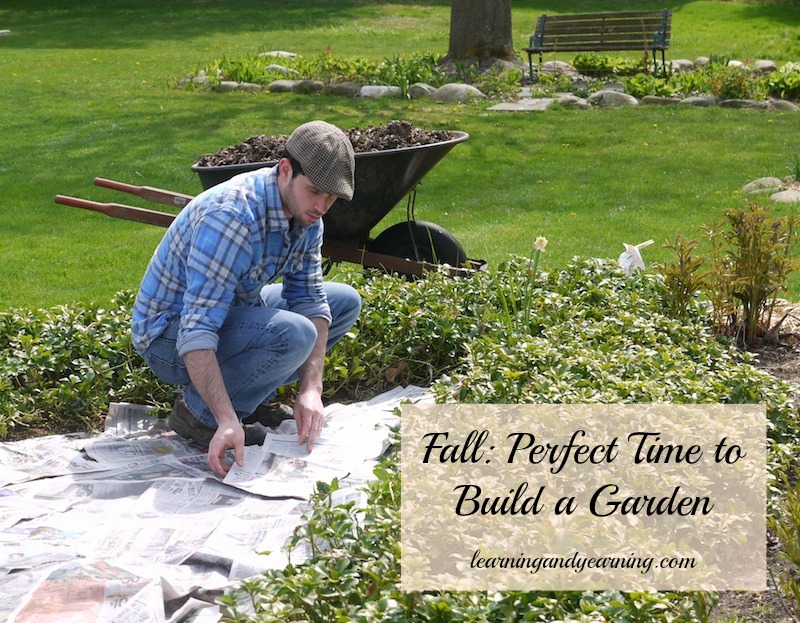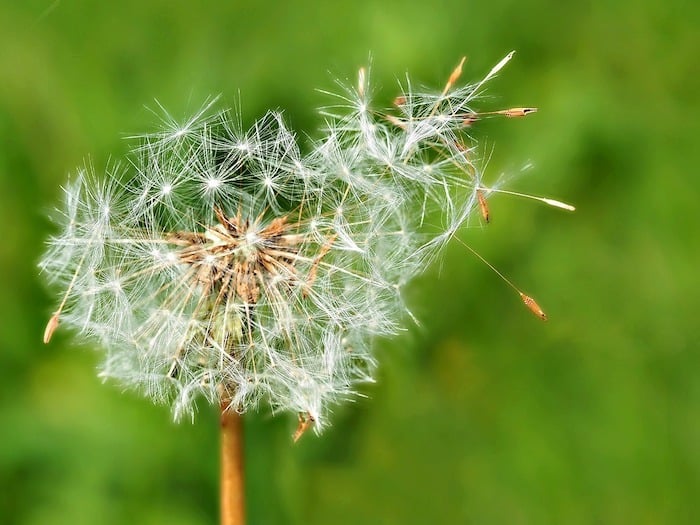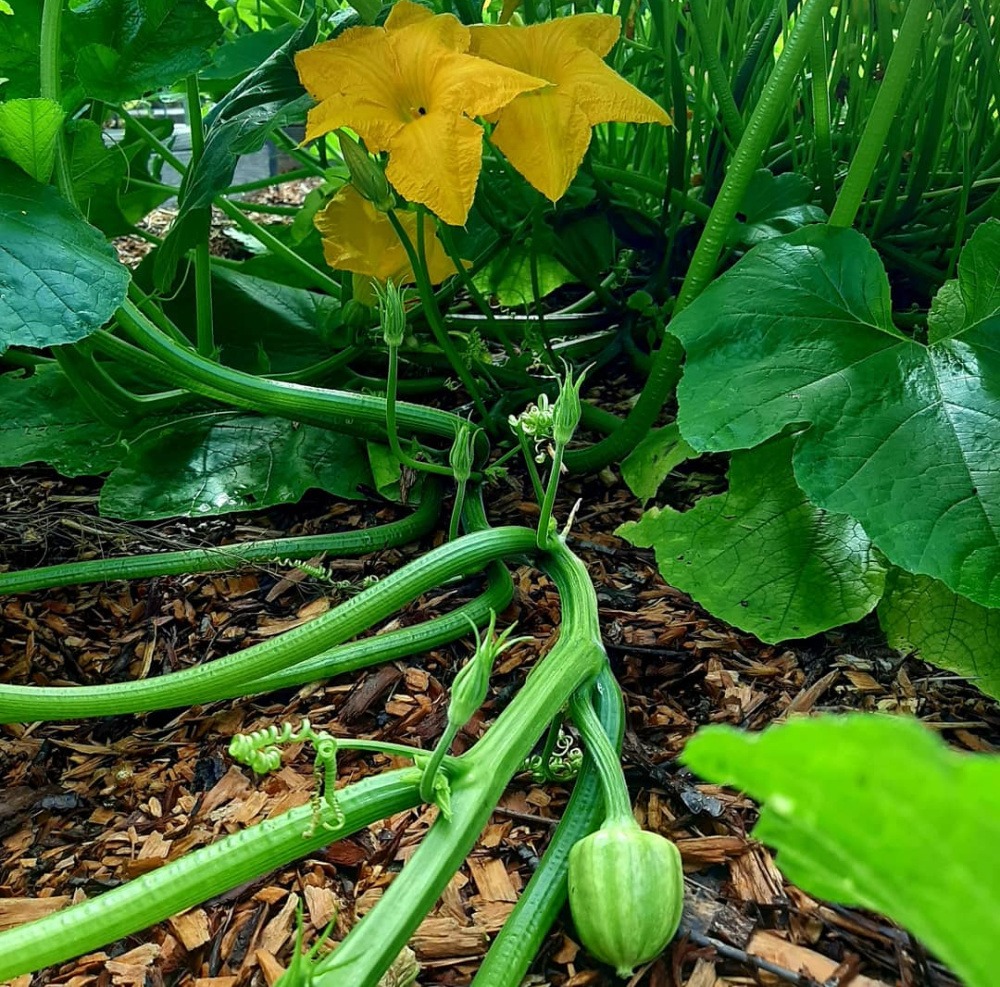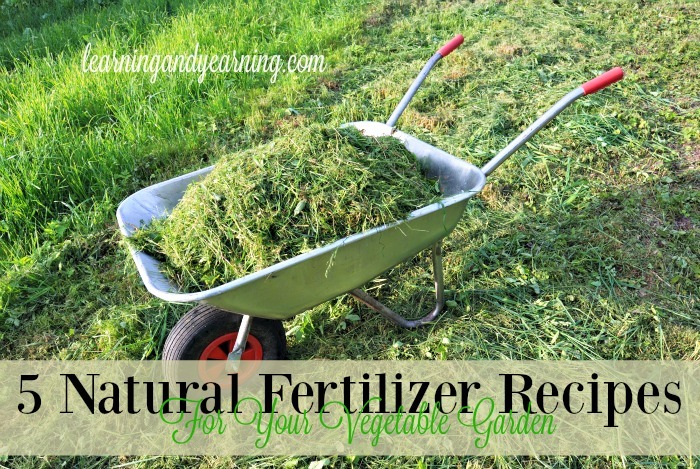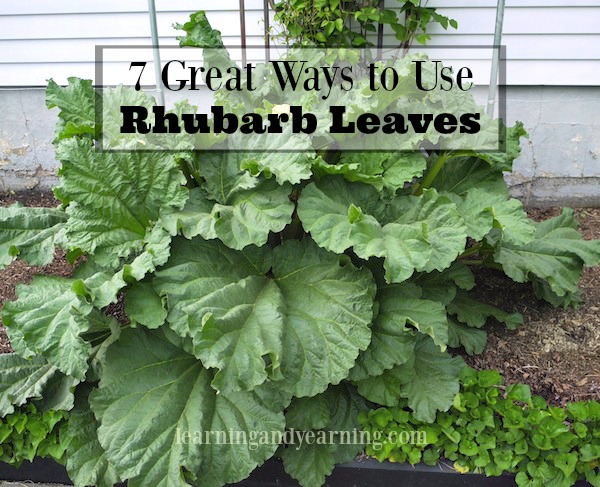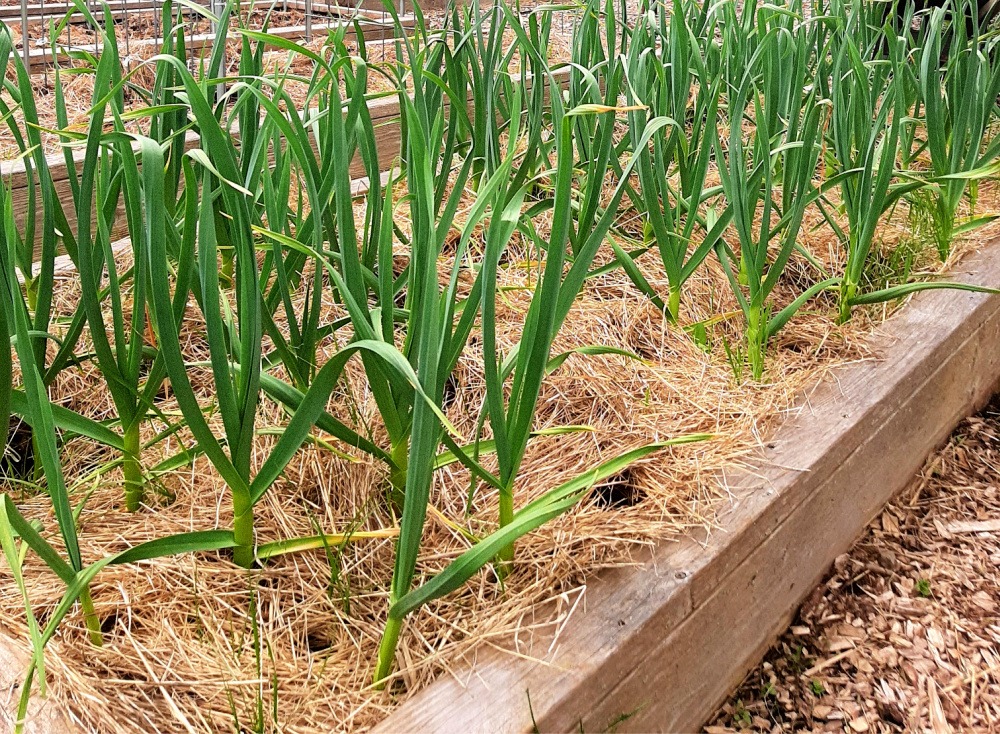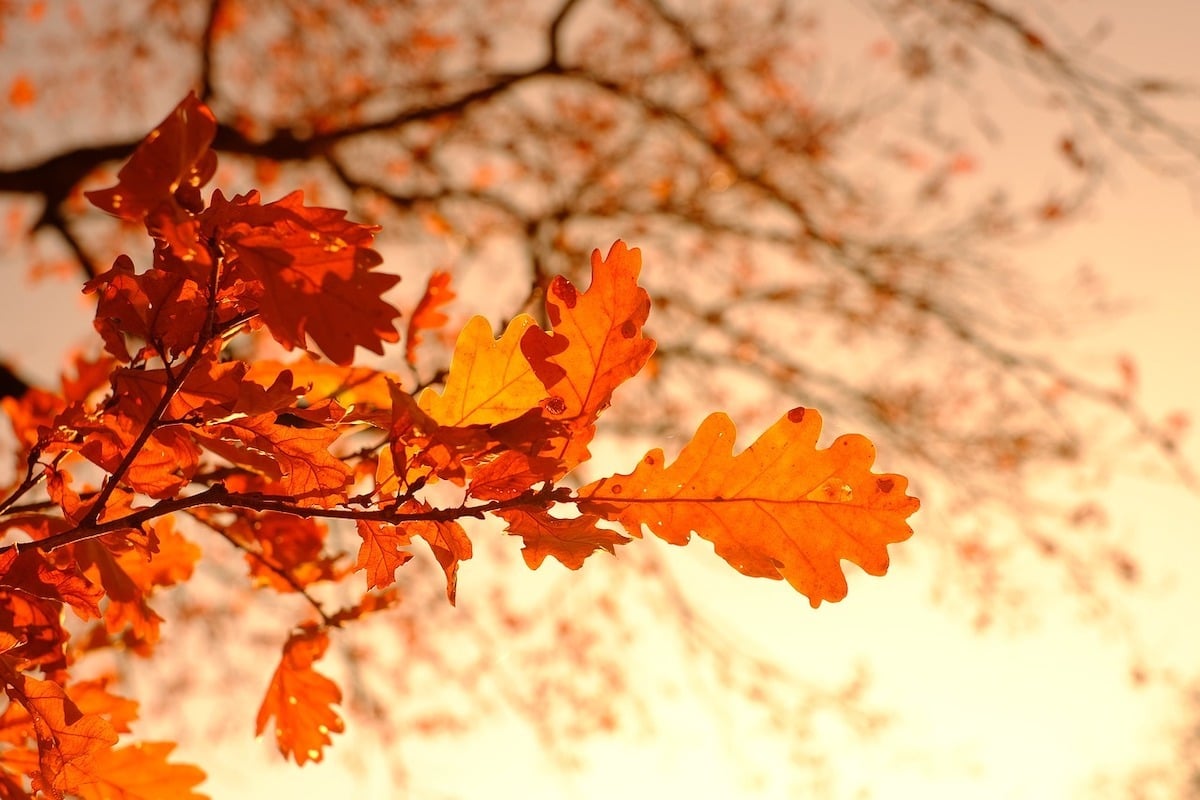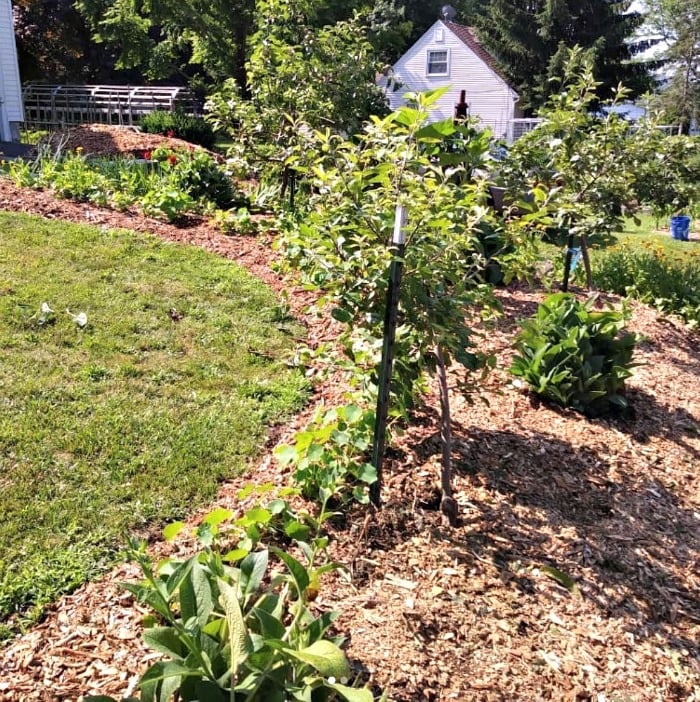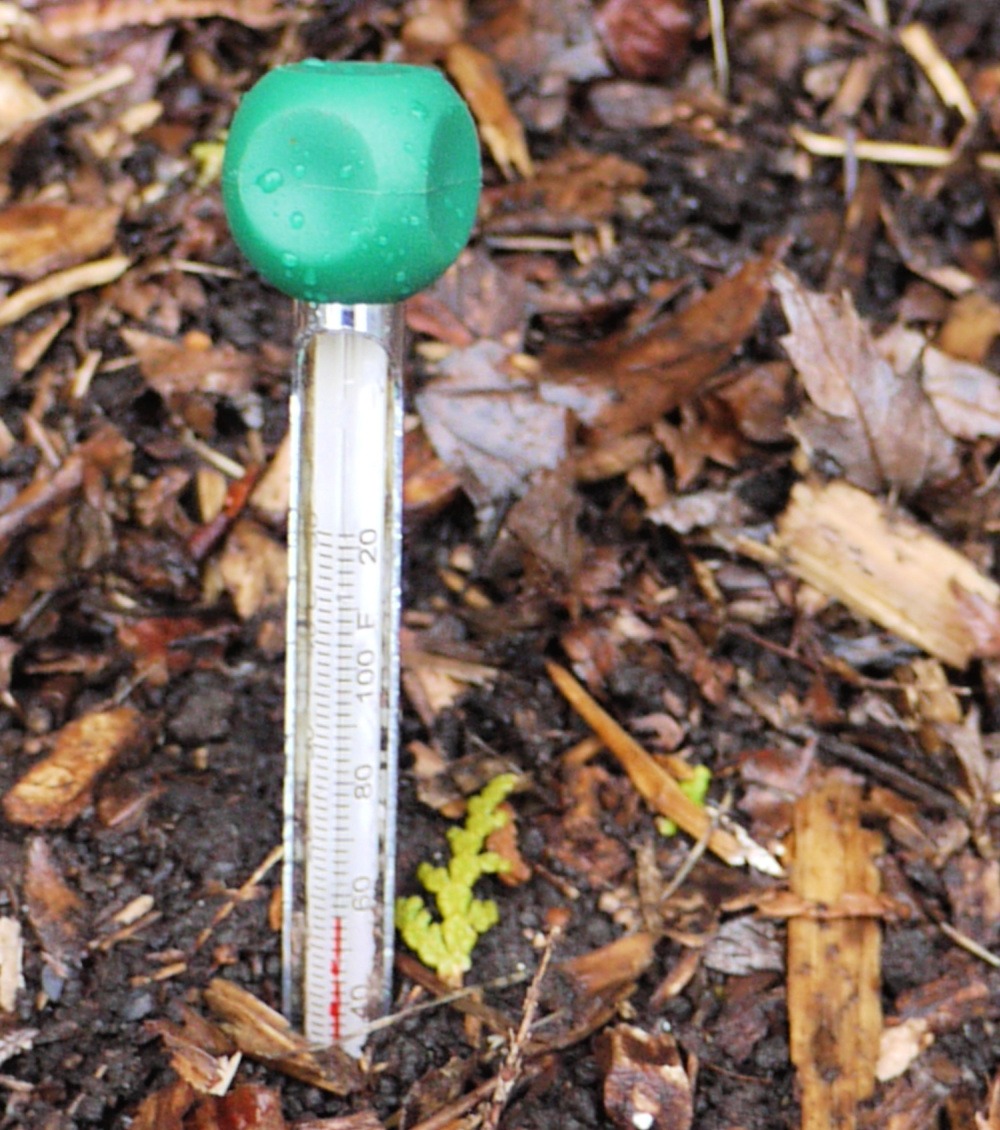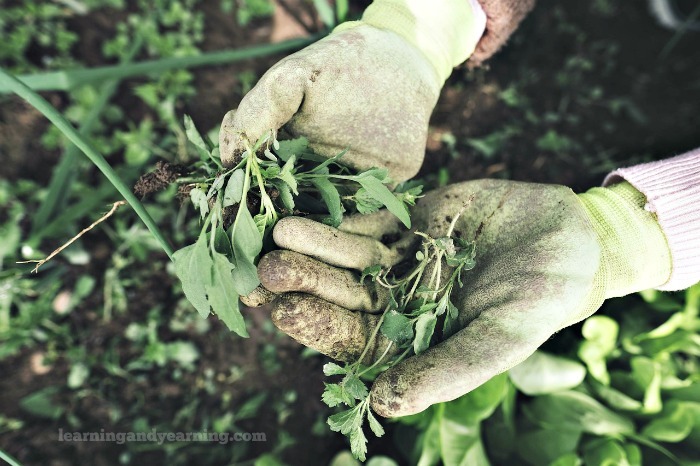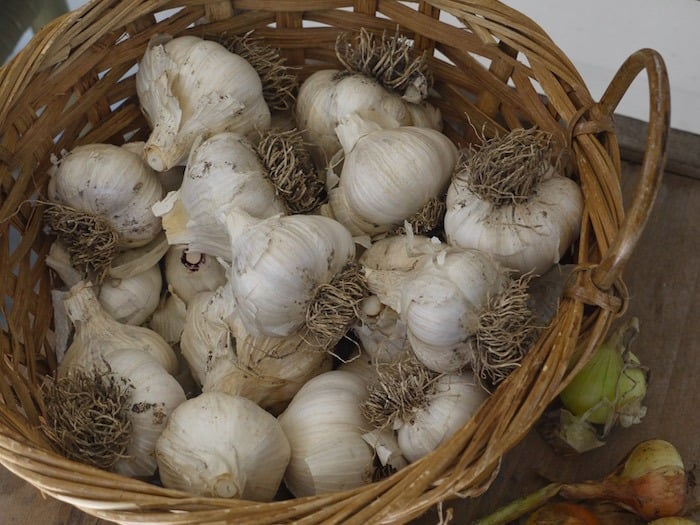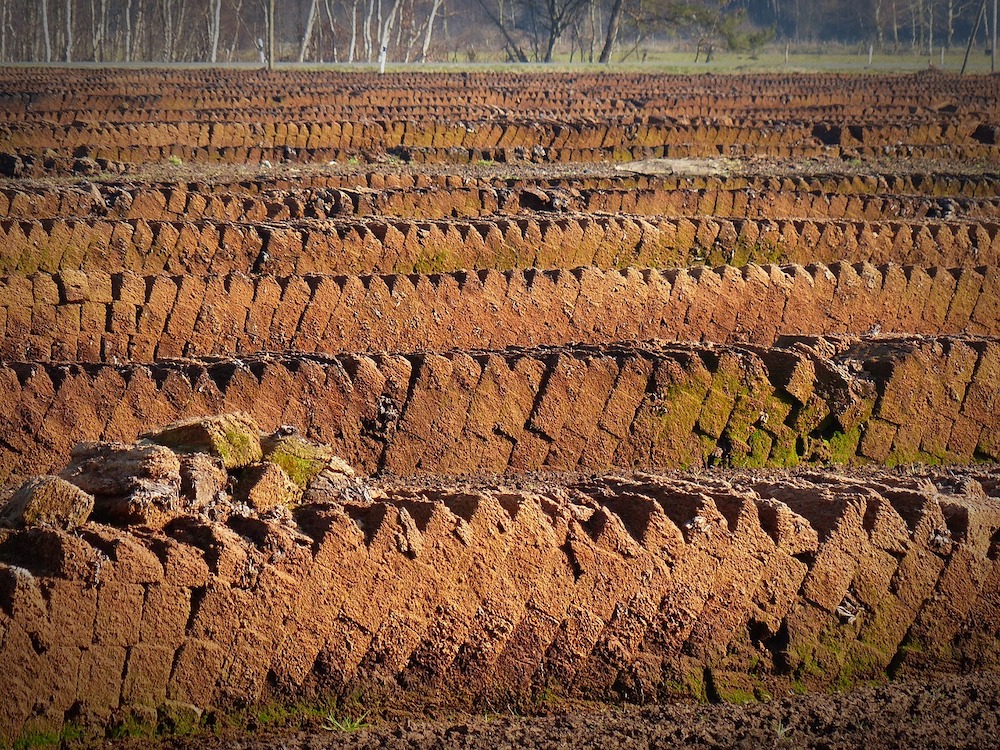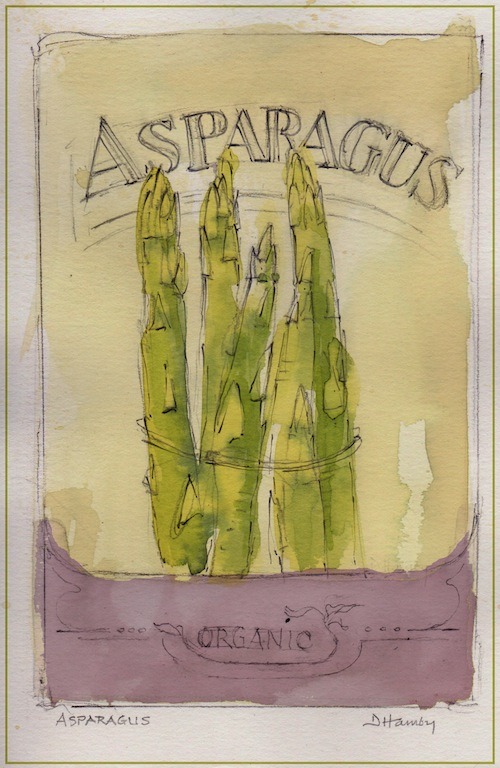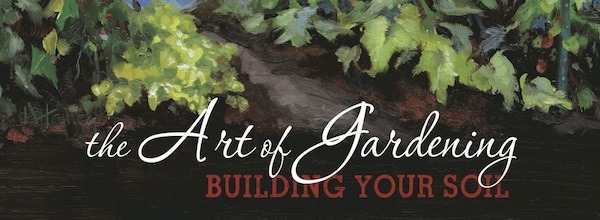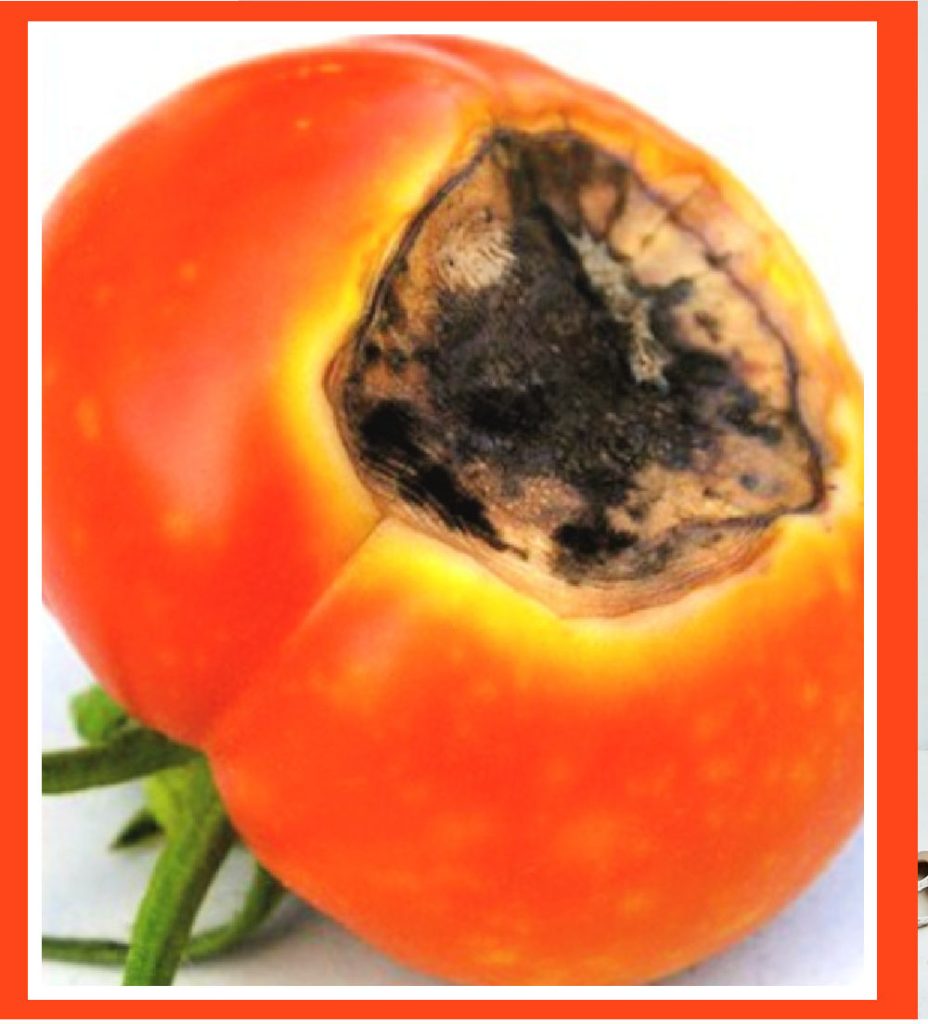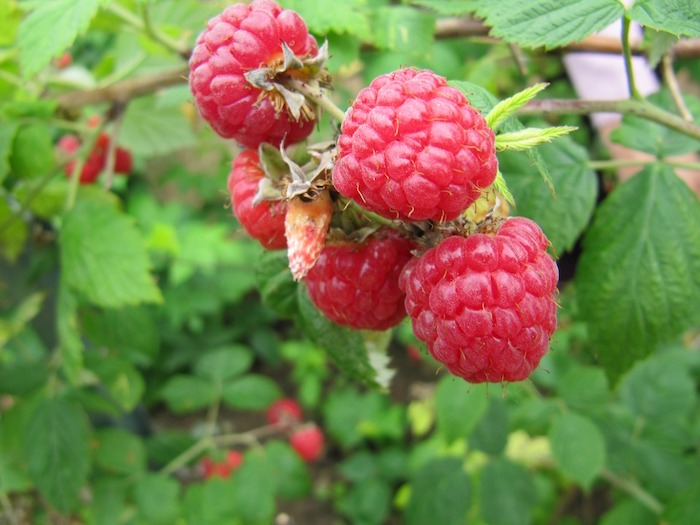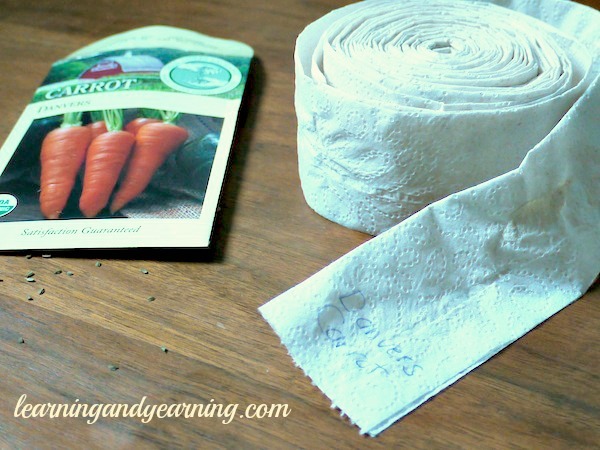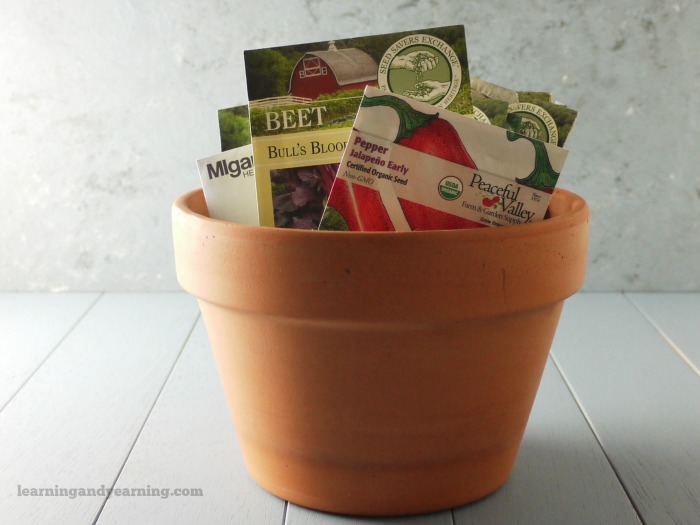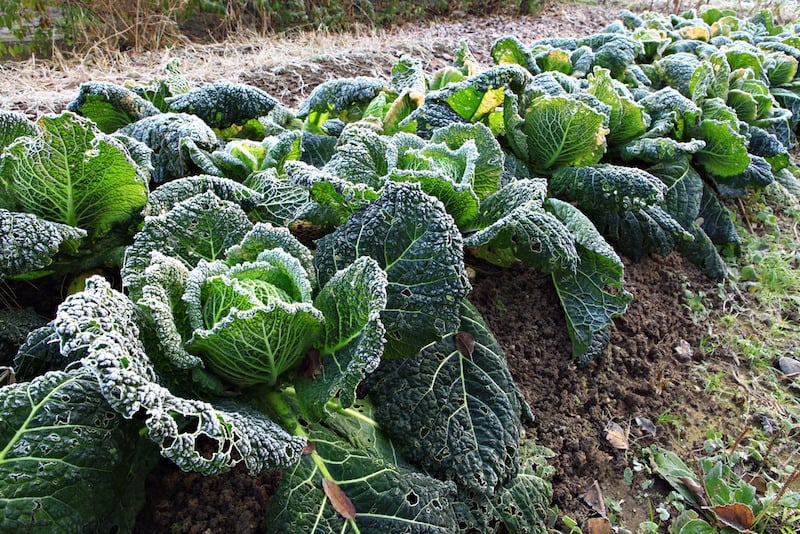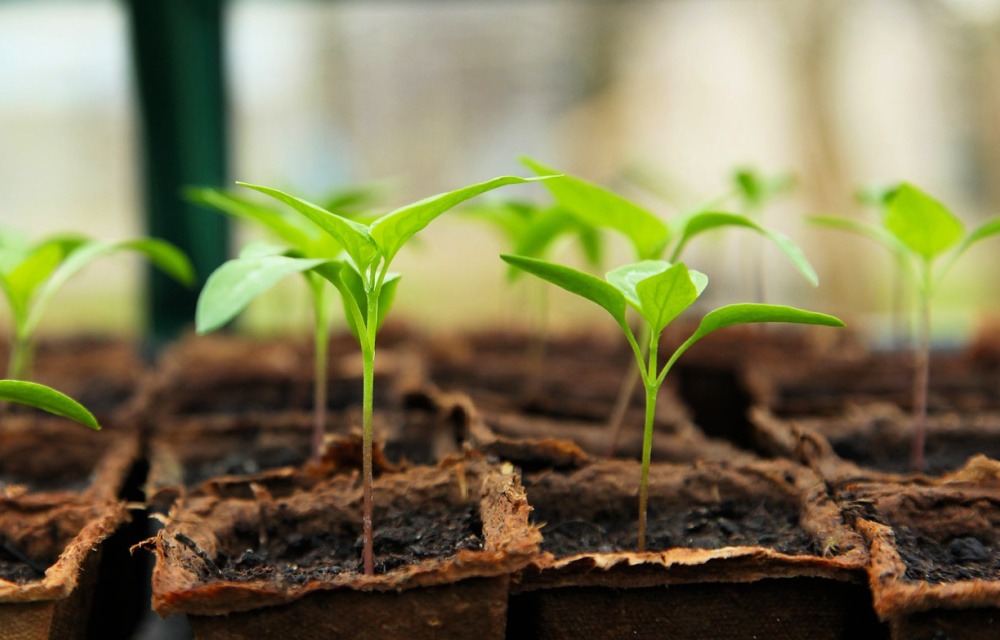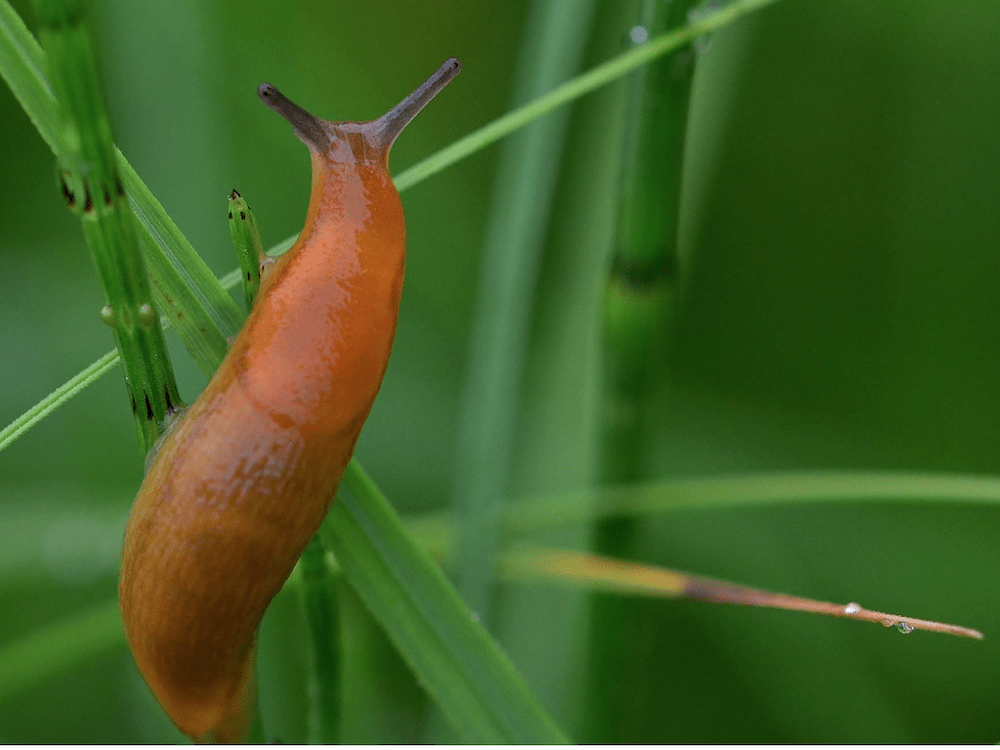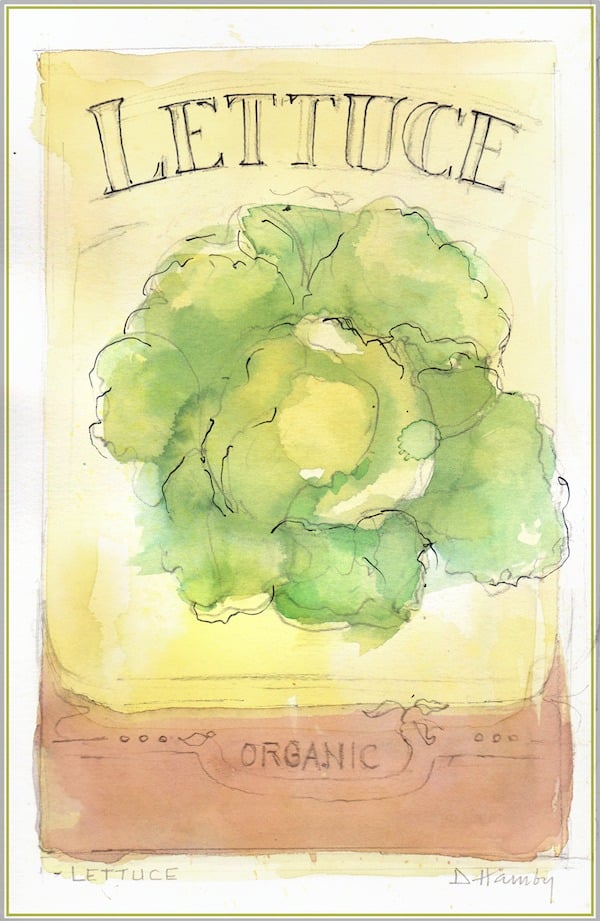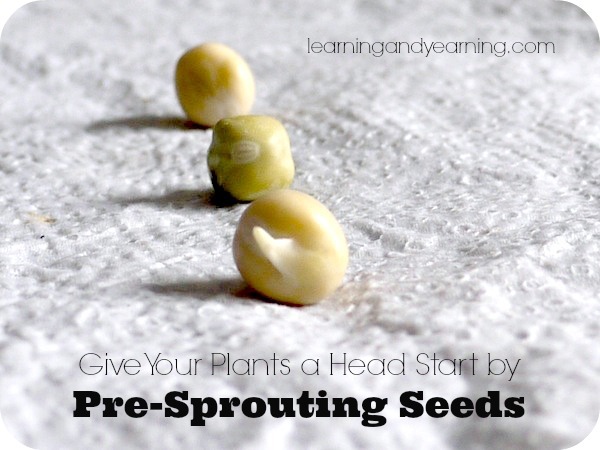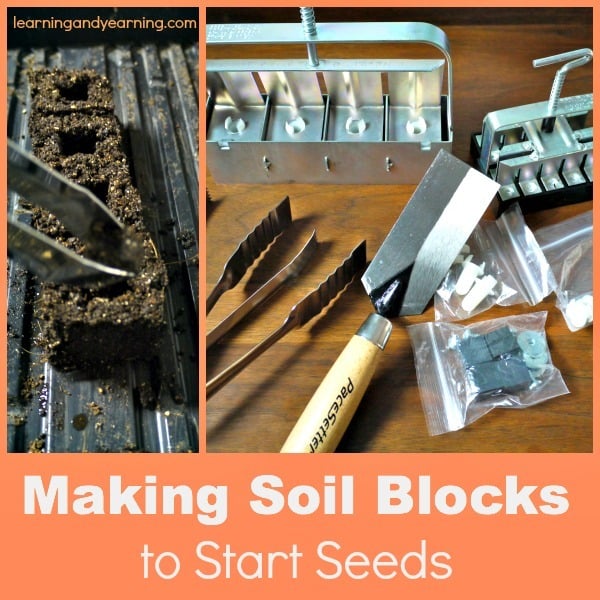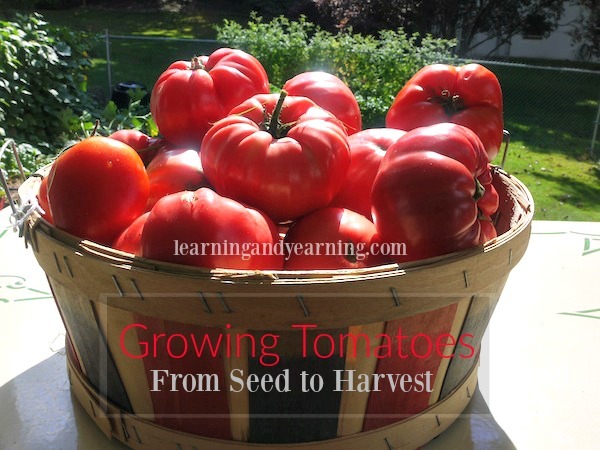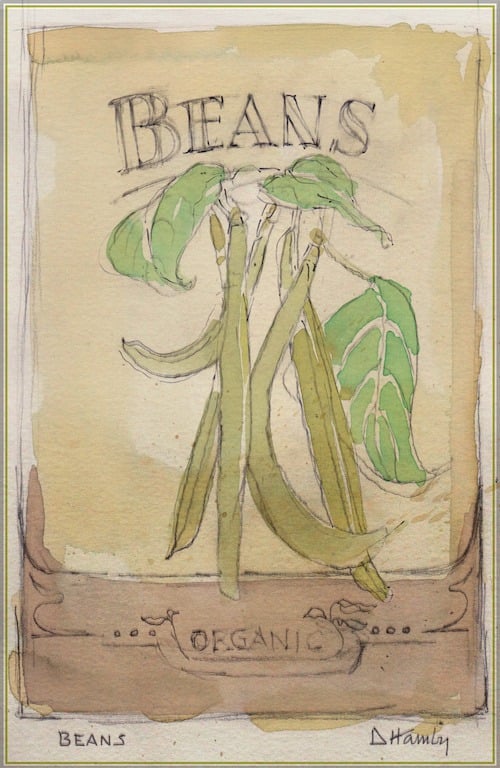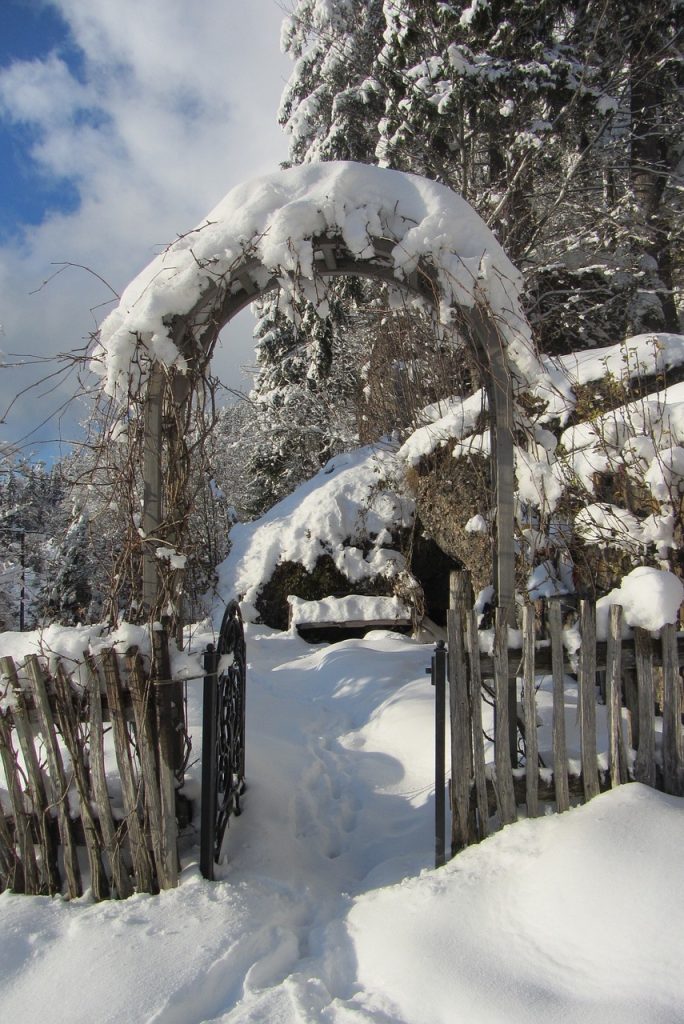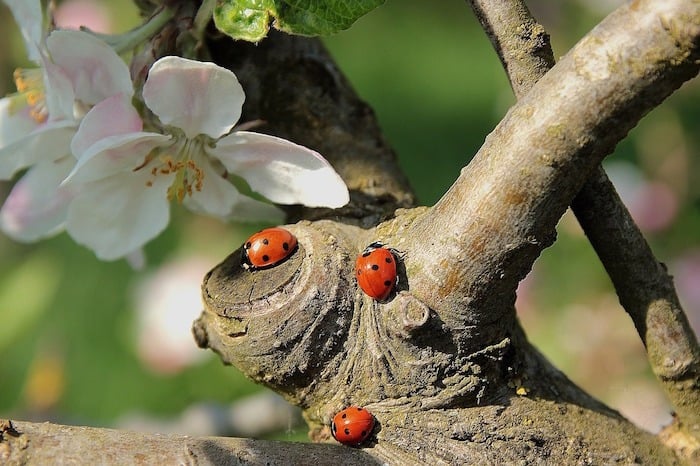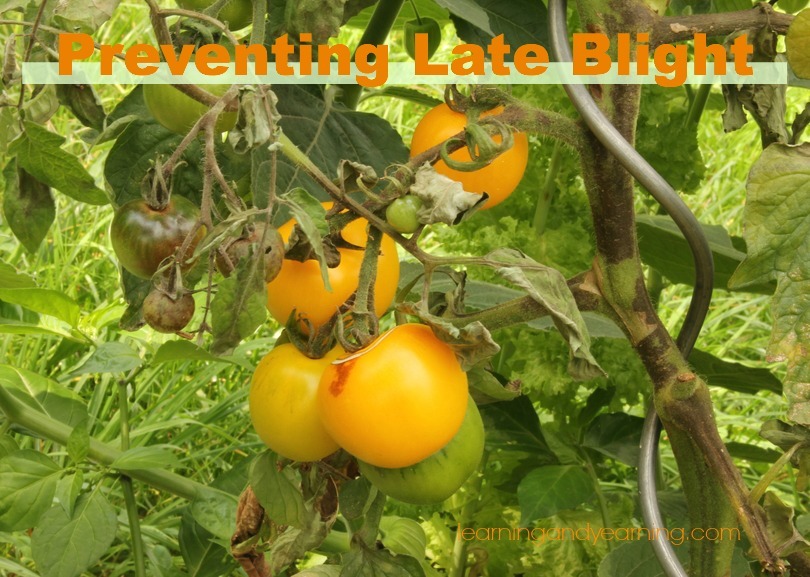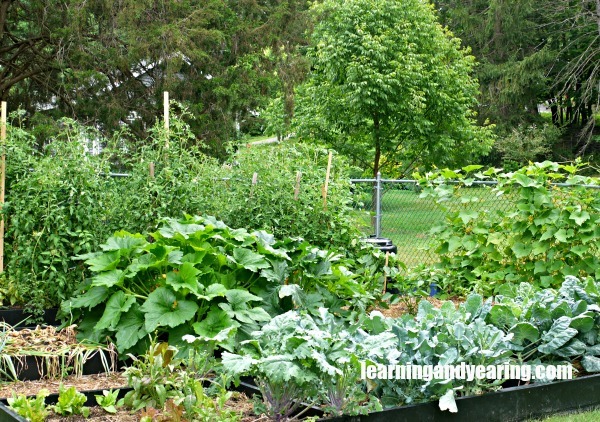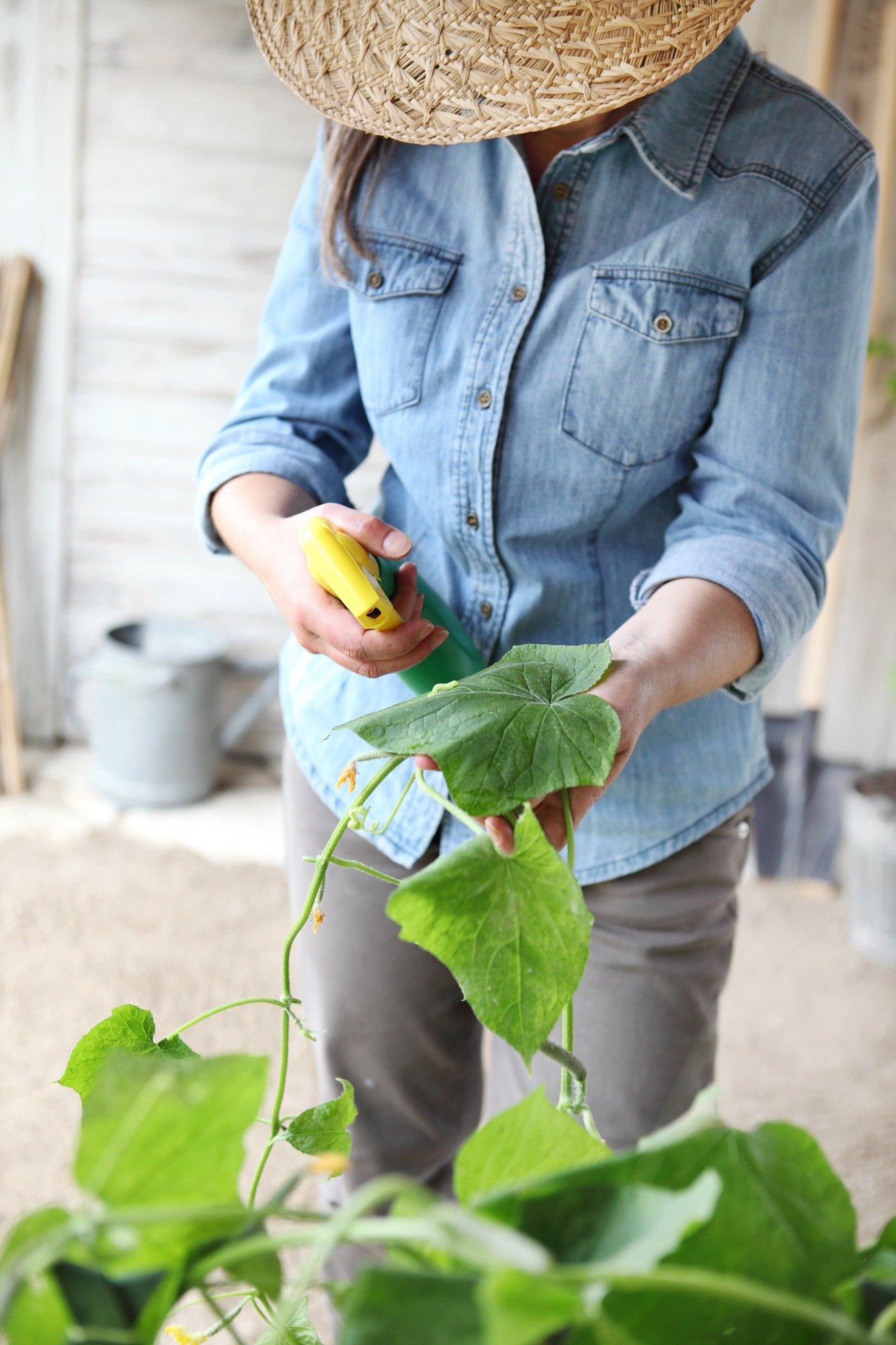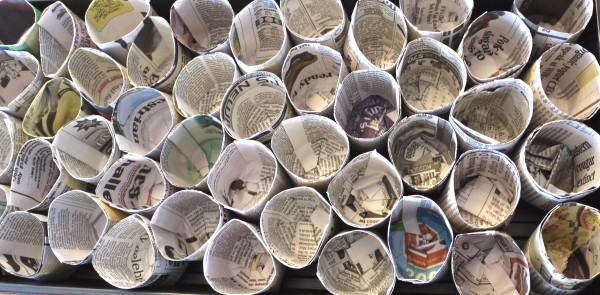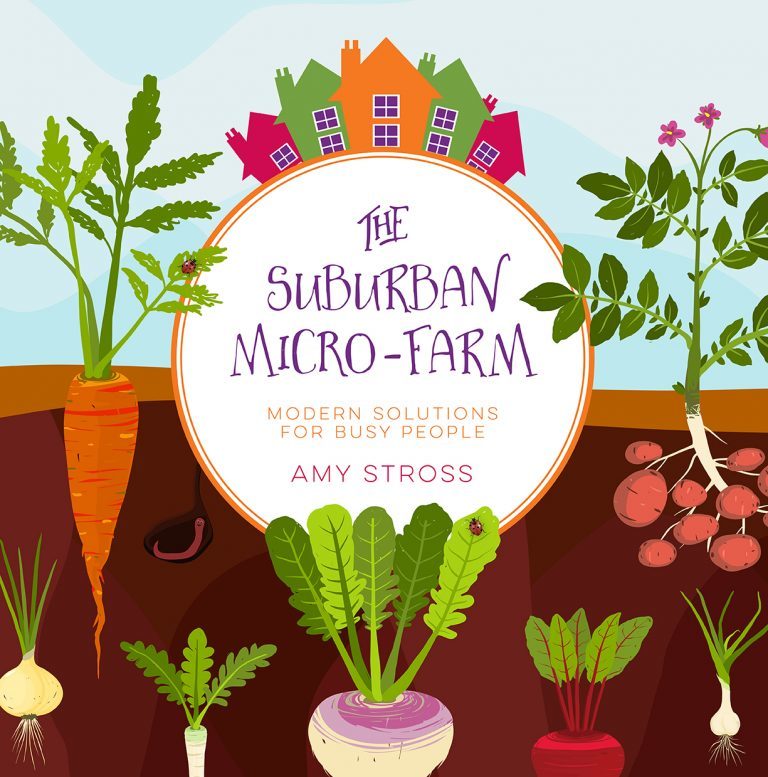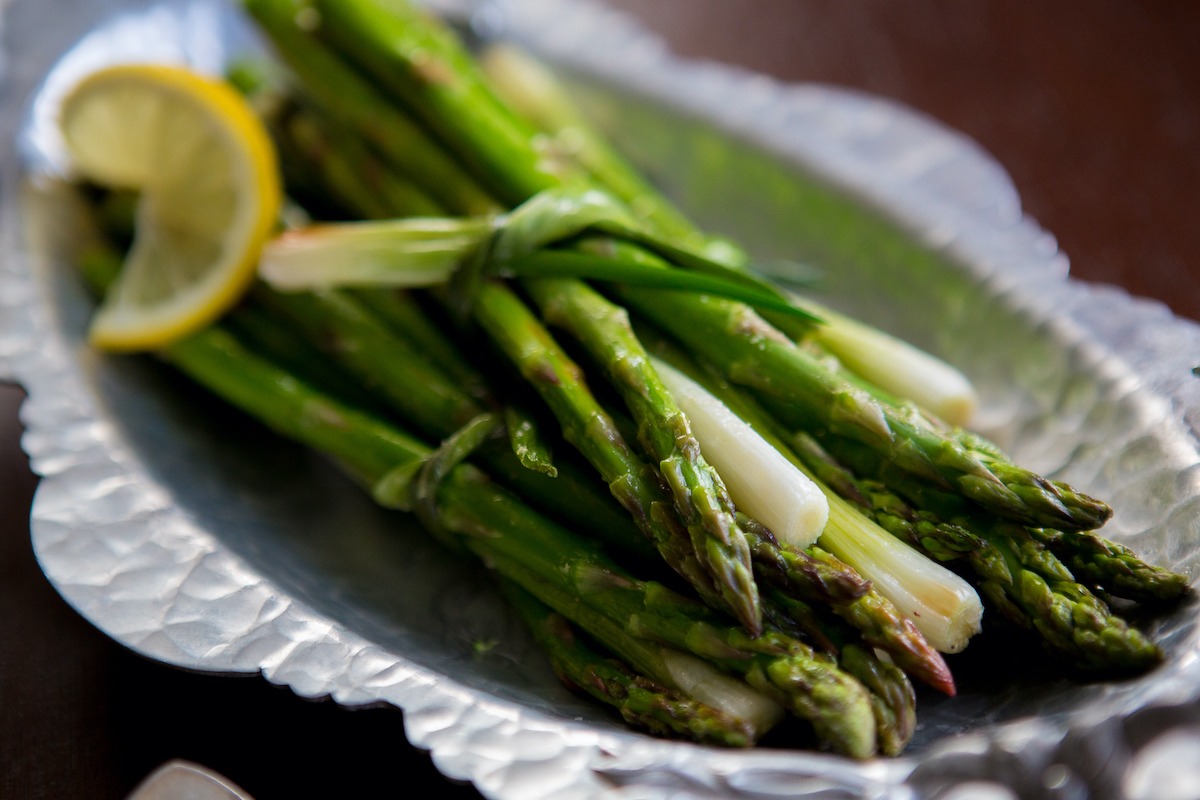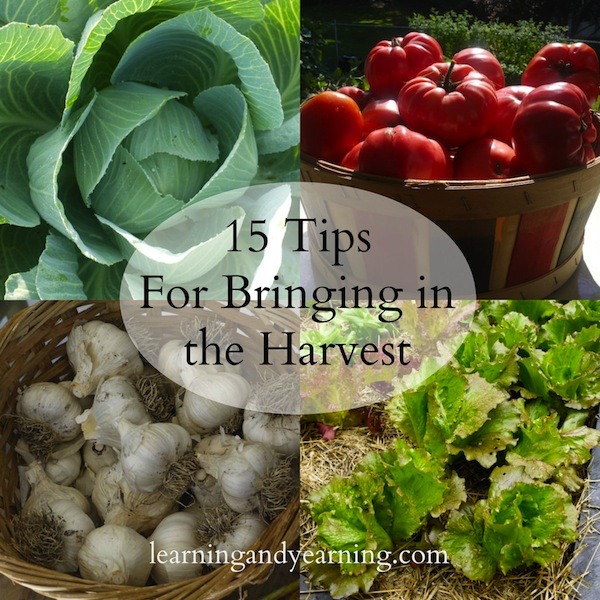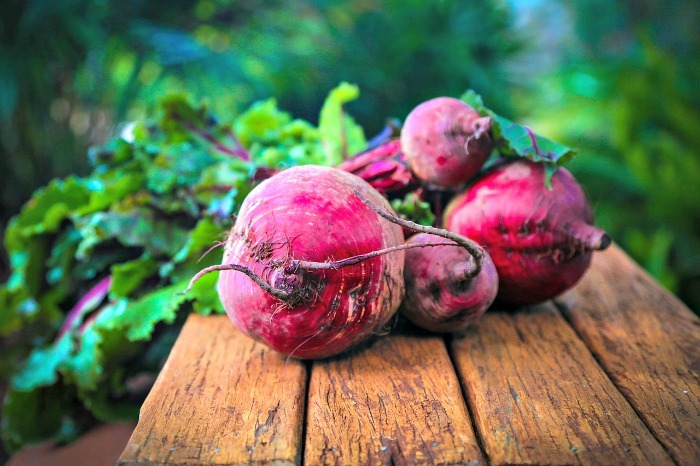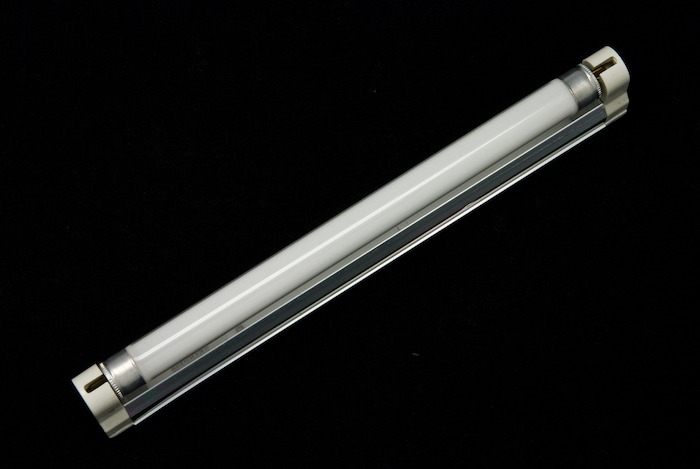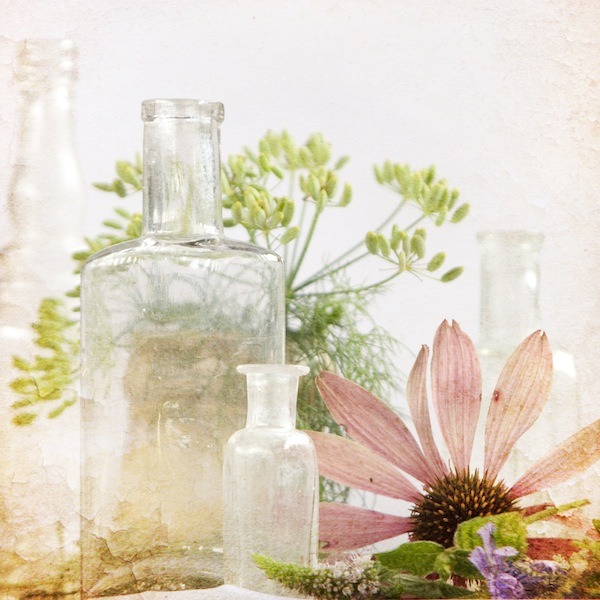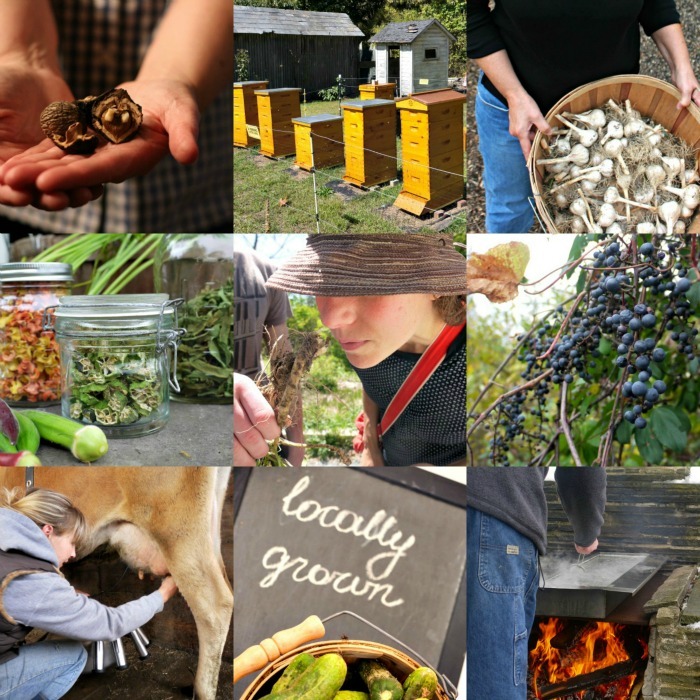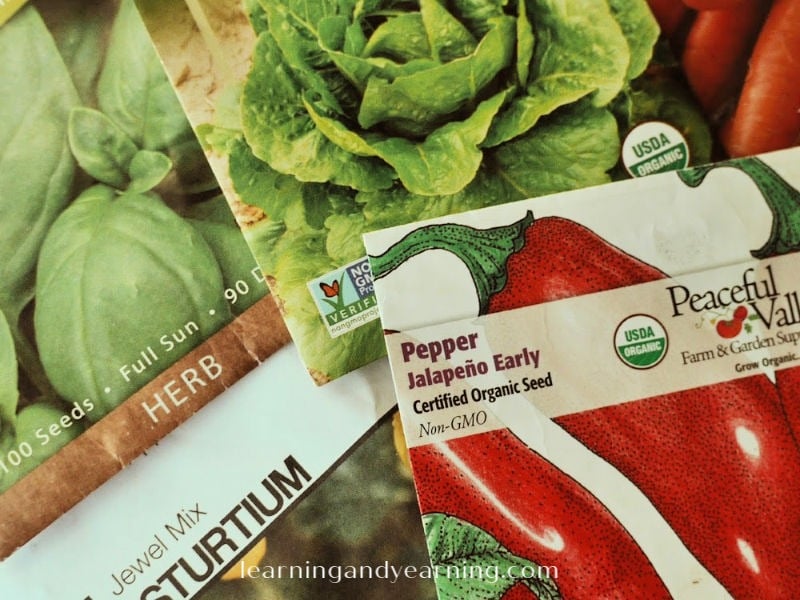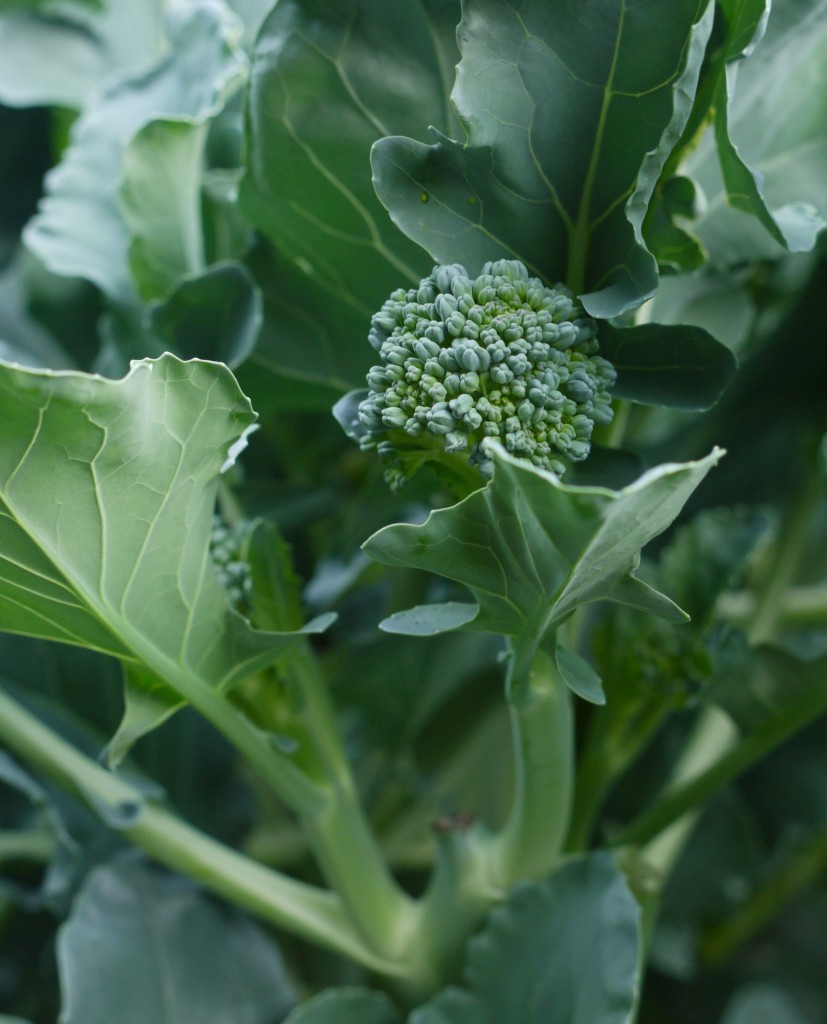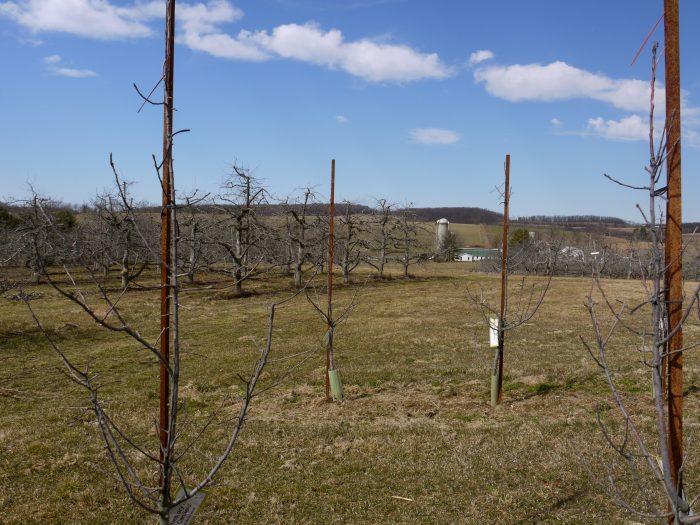Manure. You know what it is. Animal waste. It will often include the straw, hay, or wood shavings that are used as bedding for the animal and has absorbed the farm animal’s feces and urine. It’s been used for centuries as a slow-release fertilizer for farms and gardens.
Why Use Manure in Your Garden
Using manure in your garden builds organic matter, adds nutrients to your soil, and helps to increase microbial activity. It improves soil structure, drainage, and moisture retention.
The nitrogen in manure is not all immediately available. When soil organisms begin the decomposition process that nitrogen then becomes available. It’s a win-win situation with soil organisms and manure. They love each other.
Adding organic matter like compost and manure yearly will result in more even nitrogen levels in your garden.
What Kind of Manure
I think the best kind of manure to use is the kind to which you have access. Some manure is higher in nutrients than others, and some are more likely to contain weed seeds than others. But they all have value and are worth using.
The ideal situation is to use manure that includes bedding because the animal’s waste is nitrogen-rich and the bedding is carbon-rich creating a great balance. In addition, composted manure is best since it won’t burn your plants, and if composted properly, weed seeds and pathogens will be destroyed. That means the compost should reach 145° for several weeks and be turned regularly. If not composted, be sure the manure you use is aged at least 6 months.
Cow – while cow manure may have a more balanced mix of nutrients than other manures, it is not the highest quality. But those 4 stomachs assure that weed seeds are broken down.
Poultry – because of its high urea content, chicken manure is also high in nitrogen. But use it with care because it will certainly burn your plants if used fresh.
Sheep or Goat – this manure is less likely than others to burn your plants and it is often used fresh. Still, to prevent disease it is best to use it composted. It will likely contain weed seeds and composting will help to deal with that as well.
Horse – similar to cow manure in that it is not high in nutrients. Horse manure is sure to contain weed seeds unless it’s composted at 145°. This is the type of manure we most often use in our garden because it’s the most readily available. The farm where we get it composts it; you can see the steam rising from the pile in the video below.
Rabbit – rabbit manure is higher in both nitrogen and phosphorus than other manures. And those little critters can produce quite a bit of manure. Used fresh, it will not burn your plants, but again I think it’s always best to use composted manure to reduce the risk of disease.
Pig – using pig manure is controversial. Parasites like roundworm can survive the composting process, and seem to be more prevalent in pig manure than in other manures. I looked at several different .edu sites and the information is conflicting. If you raise your own pigs and have successfully used the manure in your garden, carry on. Otherwise, you may want to choose another manure.
Using Manure in Your Garden
It is best to use composted manure. This is important for several reasons. Manure may contain pathogens like E. coli or Salmonella. These, along with weed seeds, fly larvae, and parasites are destroyed when the compost pile heats up to 145° for several weeks. Turning the pile is important as well.
If you are unable to get composted manure, or unable to compost it yourself, use manure that has been aged at least 6 months. While pathogens are not actively killed by aging, aging does inhibit reproduction. And exposure to sunlight and drying help to reduce pathogens.
Fresh manure should not be used since it is considered “hot” and can burn plant roots and leaves. Goat and rabbit manure are often used fresh because they do not burn, but it is still best to age even these manures to decrease the risk of disease.
In addition, composted or aged manure will no longer be smelly. If you have close neighbors, they will thank you for that.
We use only no-dig methods of gardening like lasagna-gardening and wood-chip gardening (both of which are considered sheet composting). Each fall, we add either 1″ of leaf compost or manure (aged, if not composted) to the top of each garden bed. This is then topped with a layer of hay or wood chips. In the spring, the top mulch layer is pushed aside and seed is planted in the soil below.

My great nephew Elias helping us get horse manure.
Important Questions to Ask Your Farmer
I always recommend that you purchase meat from local farmers so you can ask questions. “Know your farmer” is a good policy when getting manure as well. You’ll want to ask some of the same questions you ask when you purchase meat.
What pharmaceuticals are used?
Most pharmaceuticals, like vermicides used to de-worm, degrade within 2 – 30 days. Many antibiotics and hormones do persist, however, and will show up not just in the manure, but in the case of antibiotics may show up in the vegetables that are grown in the manure.
Have pesticides or herbicides been used?
While the animals from which you are getting manure may be raised on pasture that does not mean that no synthetic chemicals were used. The residue of these pesticides or herbicides may show up in the manure.
Be especially diligent not to use manure if herbicides have been used. Herbicides with the chemical compound clopyralid persist through the composting process and will cause damage to your garden plants.
Some farmers spray their manure piles with pesticides to kill fly larvae. Ask. Hot composting is a much better solution.
Disadvantages of Using Manure
- Fresh manure can burn roots because of its high ammonia content.
- Can contain weed seeds.
- Too much manure can lead to a build up of salts in the manure. Limit application of manure to 1″ per year.
- Can harbor pathogenic organisms.
- Can be smelly.
Except for the build up of salts, hot composting can eliminate all of the disadvantages of using manure in your garden. Just aging the manure can eliminate all but salt build up, and weed seeds.
Do you use manure in your garden? What kind? Have you had problems?
More Great Gardening Posts
Using Wood Chips in a Vegetable Garden
Growing Tomatoes: From Seed to Harvest
The Easy Way to Grow Raspberries
How to Grow, Harvest, and Cure Garlic
The Ins and Outs of Using Manure in Your Garden
Sources:


